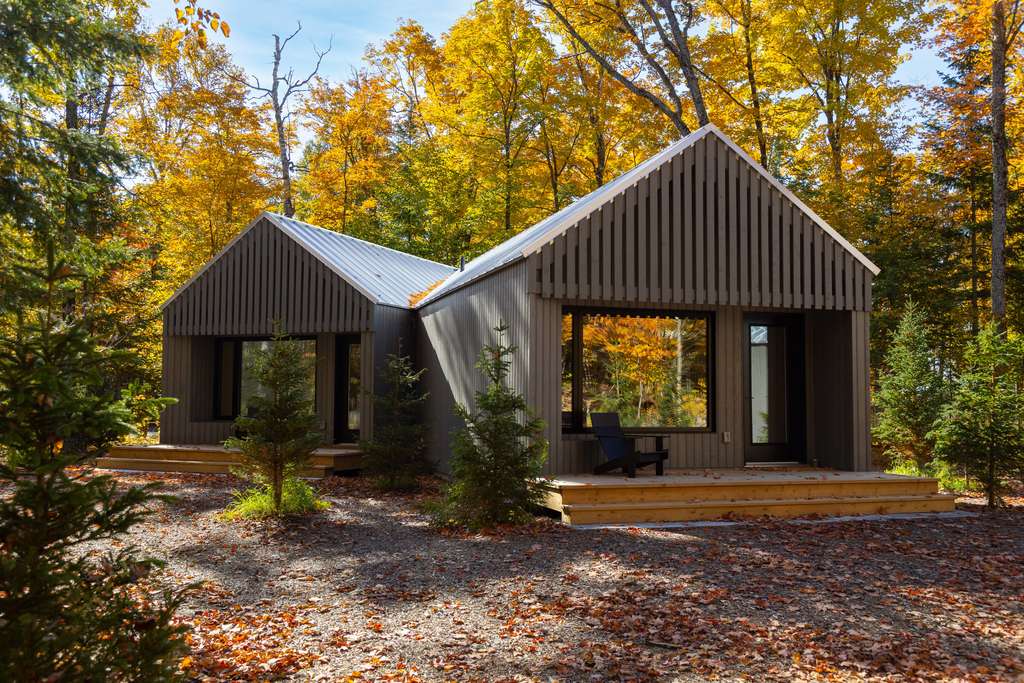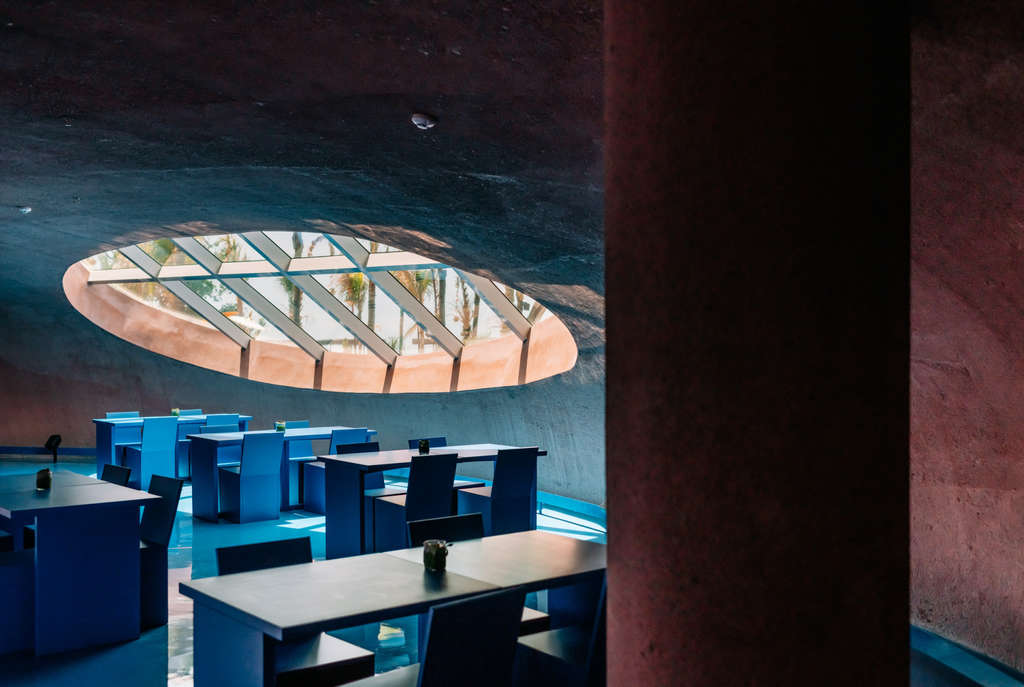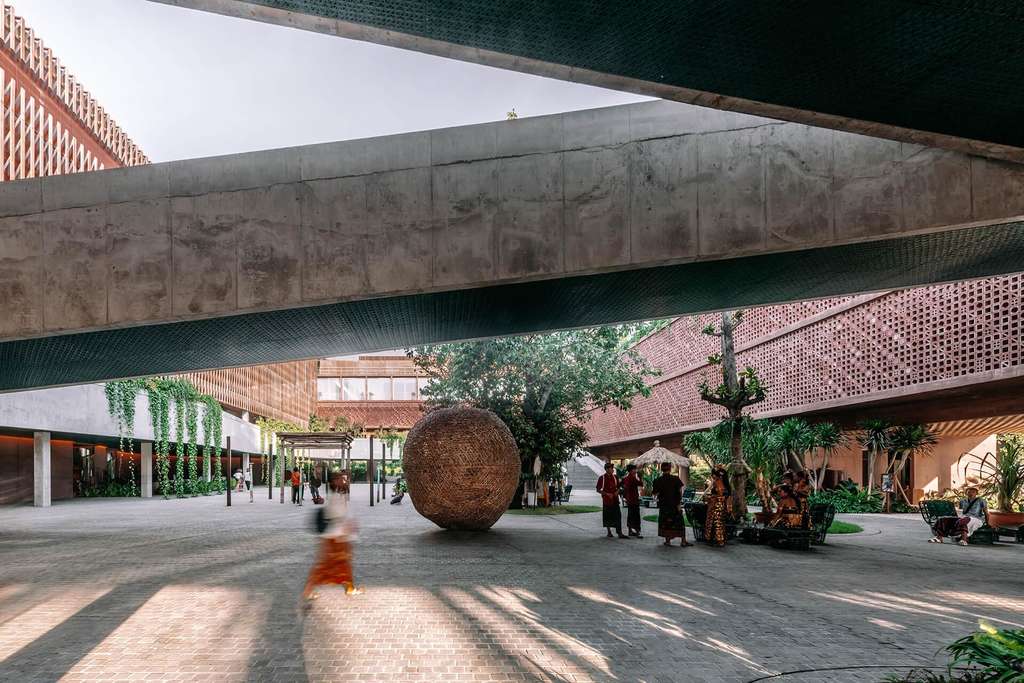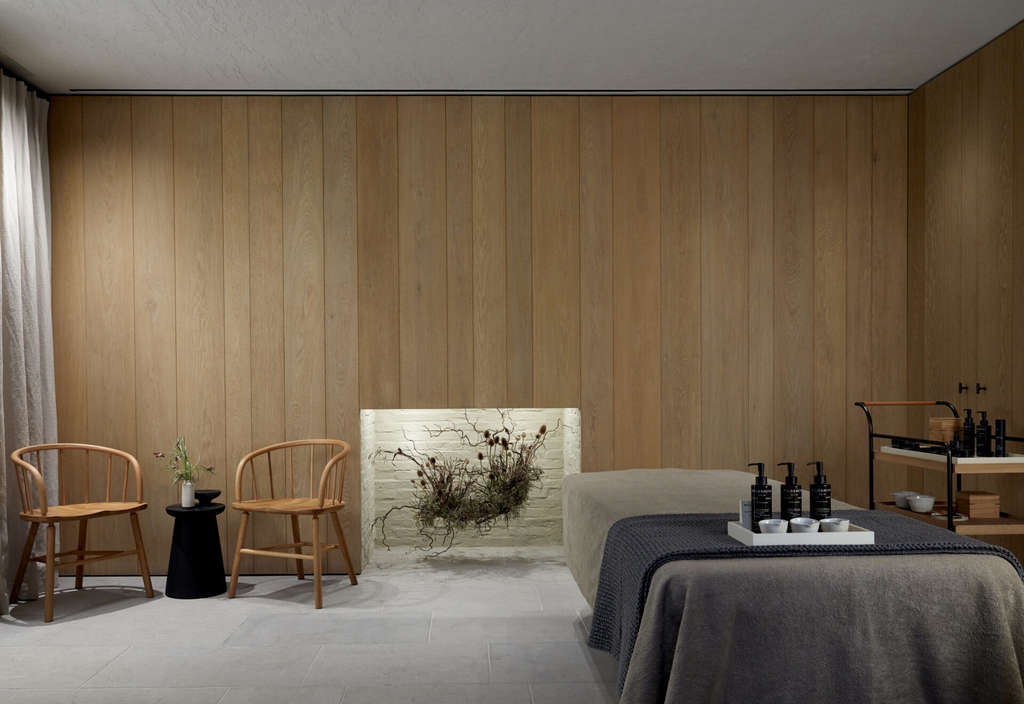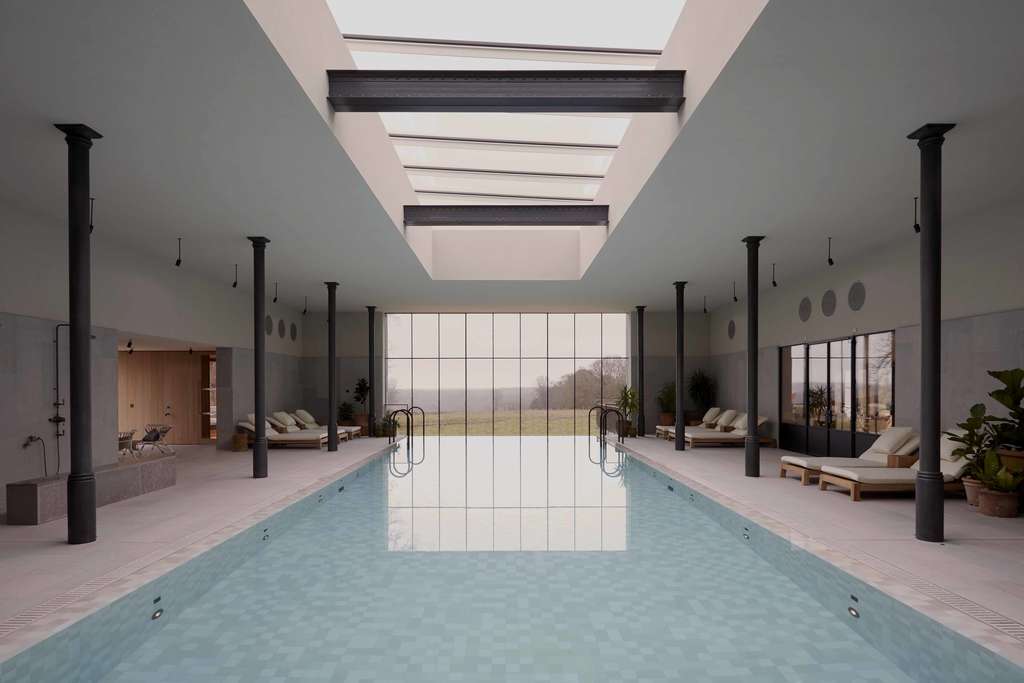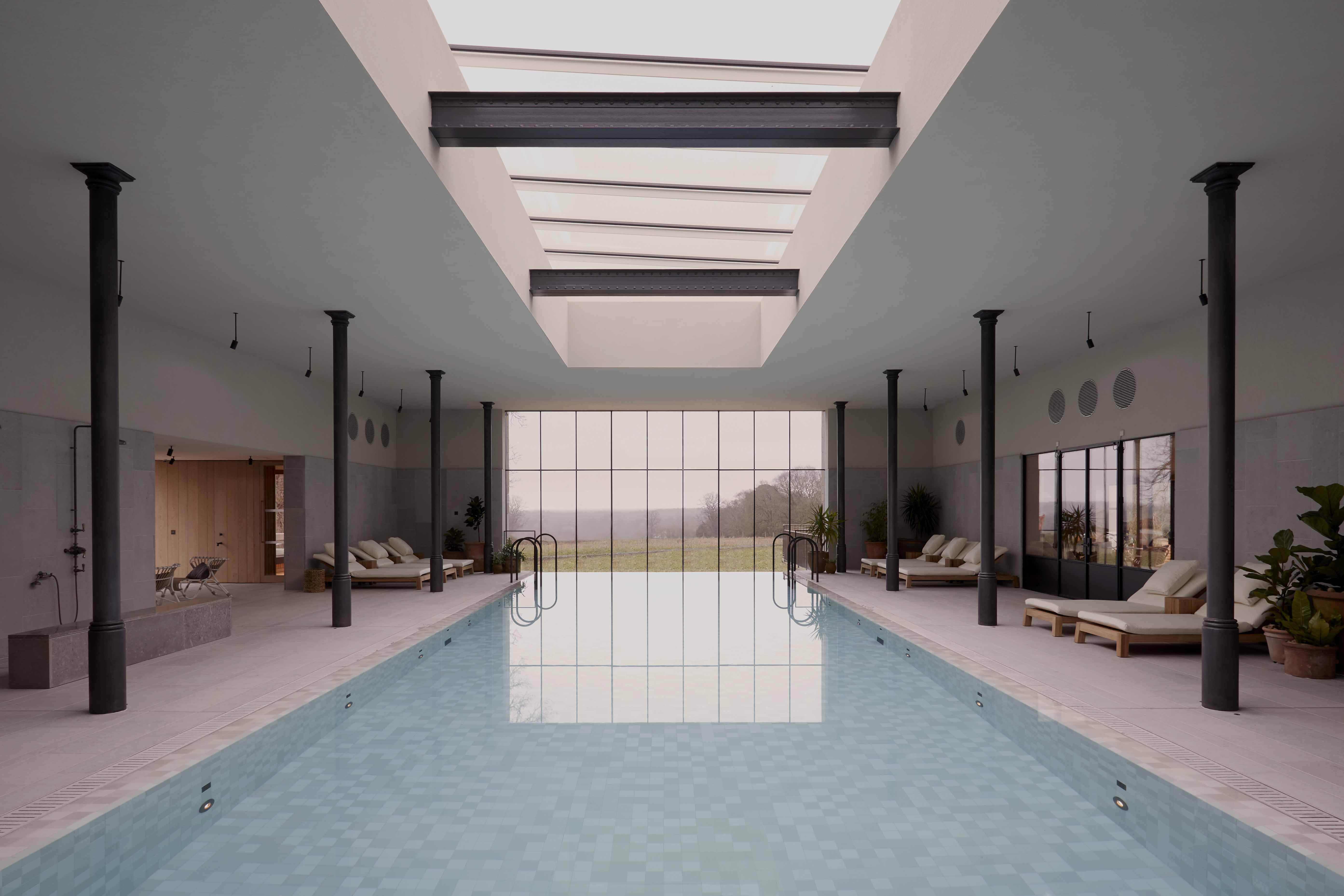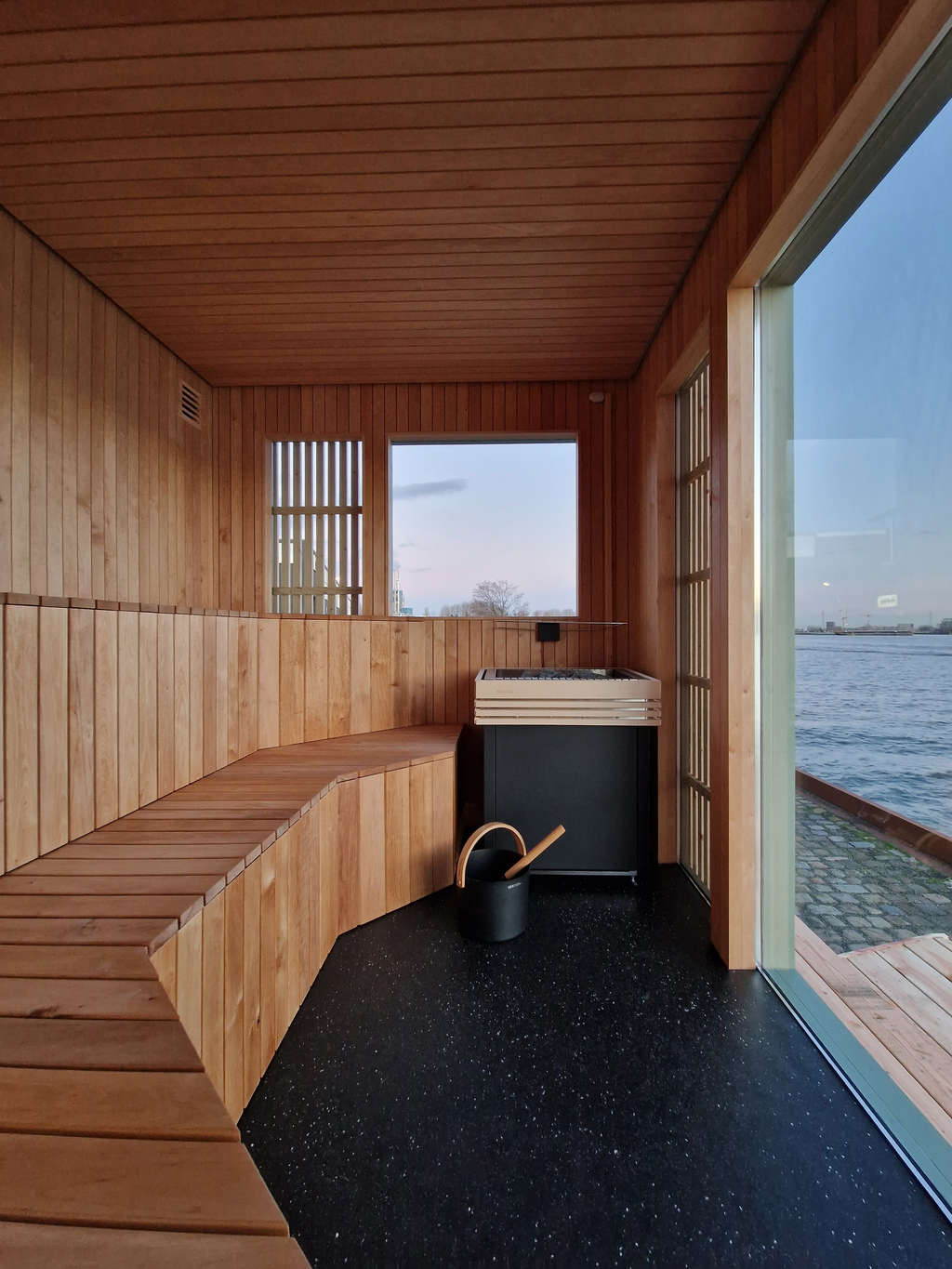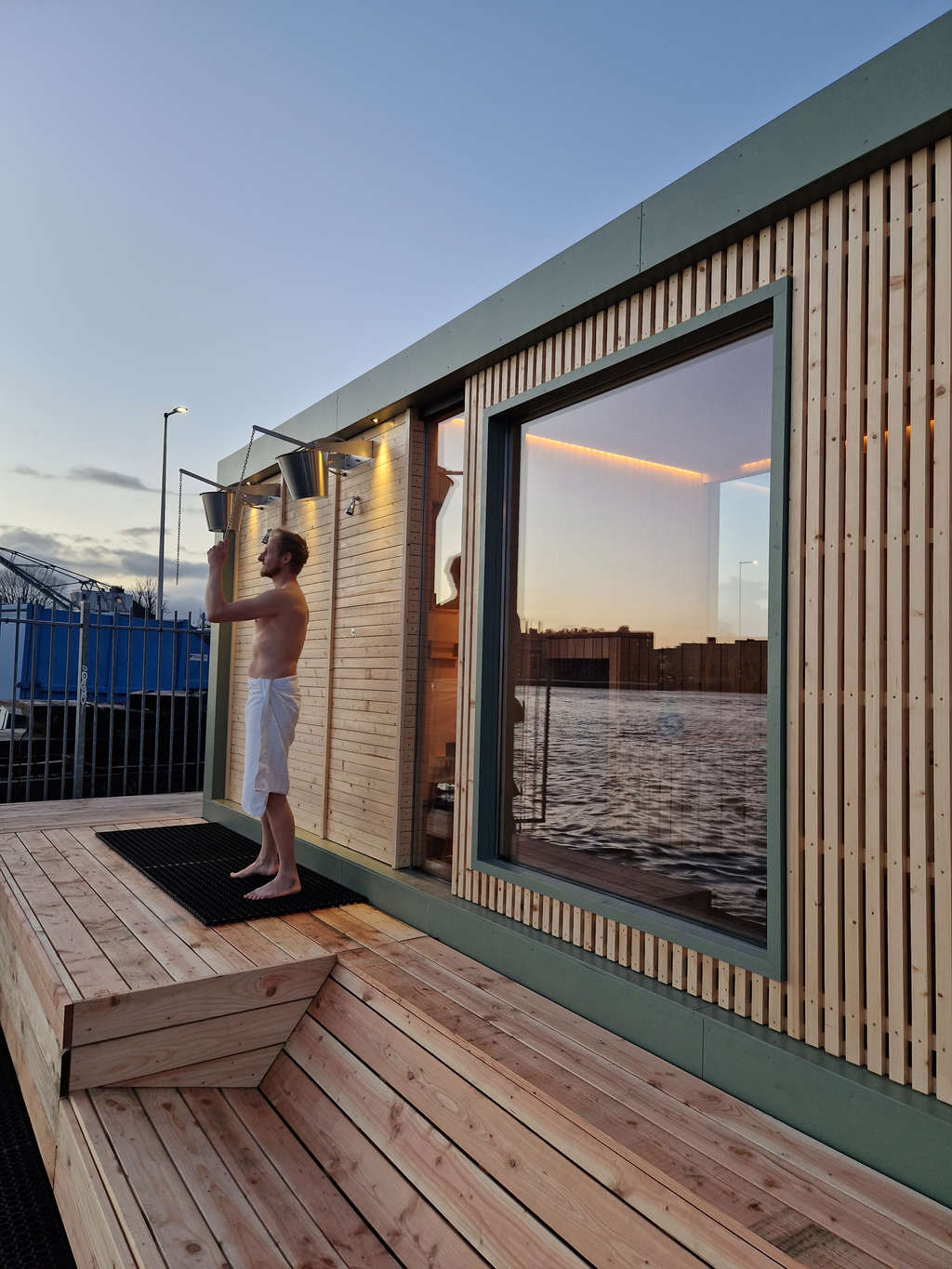The (Last?) Resort: Has The Destination Had Its Day In The Sun?

How can resorts reach a wider audience? Is an ‘authentic resort’ an oxymoron? And is there potential for an entirely new model? FRAME’s editor at large Tracey Ingram and Creative Supply’s Youri Sawerschel examine whether resorts are ready for a revolution.
TRACEY INGRAM: Before Covid-19 hit, all-inclusive resorts were the fastest-growing market in the accommodation sector, and the market is quickly bouncing back. To some, though, these self-contained ecosystems are associated with overcrowding, negative environmental impact, lack of cultural experience, subpar food and hygiene concerns. This doesn’t seem to be affecting their success, but how can resorts differentiate themselves in an increasingly crowded category – and create a new association for potential visitors?
YOURI SAWERSCHEL: I think a lot of resorts are very aware of this and are trying to move away from preconceived ideas by being ultra-exclusive and targeting special demographics. That said, there’s a huge market that’s very happy with the typical resort where they can get as much as they want for a fixed price. In French we say, ‘Il faut de tout pour faire un monde’ – ‘It takes everything to make a world’ – so we shouldn’t be too quick to disregard certain types of resorts.
TI: Especially these days, with inflation and rising costs. People still want to go on holiday and are often looking for easy solutions, which is what all-inclusive resorts offer – one destination, everything on hand, you know what you get. They’re also convenient for families with young children, who can make use of kids’ activities and on-site childcare. So we could say that the affordable, all-inclusive segment is relatively safe, but resorts could also reach a wider audience. Since the wellness industry continues to boom, I can imagine some rebranding as a ‘retreat’ instead of a ‘resort’. Think of The Standard’s residencies with Ayurvedic experts and sound healers, or Six Senses Vana in India, which offers holistic rebalancing therapies. You mentioned targeting special demographics, and we’ve also seen new retreats for psychedelic healing experiences, like Dimensions Algonquin Highlands in Canada.
YS: Yes, it’s interesting that just changing the word resort to retreat conjures a different mental image. And the spatial logic is the same – what changes is how you operate it, and who you bring in and for what purpose.
TI: Both a resort and a retreat are typically self-contained experiences, but some travellers want to experience the wider area and are often looking for authentic experiences. Do you think resorts can offer authenticity?
YS: It's good to speak about authenticity because it’s the buzzword of 2023 for hotel and resort experiences. There’s no shared definition of ‘authenticity’; like ‘lifestyle’, everybody is throwing the word in the air. I think it’s a paradox, because if you offer an authentic experience but you create it, is it still authentic? Also, if you pay thousands of dollars to go to a resort, why would you go outside and pay extra somewhere else? This means authenticity has to happen inside the resort. To me, authenticity is about aligning your story, your promise, your actions and the experience you offer. You can be a large Antalya hotel and offer a so-called ‘cliché’ experience, like belly dancing in the evening, but that can be authentic for what you, the hotelier,are.
TI: You raised the point about visitors potentially not leaving the resort, but there’s also the issue of locals being unable to enter. It was interesting to see this addressed in the Desa Potato Head resort in Seminyak, a popular tourist destination in Bali. The idea is that all the resorts along this stretch have made the beach inaccessible to locals. OMA’s design is elevated, making the beachfront accessible while creating a public courtyard beneath that’s activated with events. Other areas, like a rooftop, exhibition area and bar, are also open to locals.
YS: I think there are a few ways to engage local communities. One is to hire locals, which happens most of the time. Two, a bit of a trend now, is to help the locals – which feels a bit ironic given the nature of the business. The third thing, which is more interesting, is to offer something to locals. Take for example Benesse House Museum on Naoshima Island in Japan, a cross between an indoor-outdoor art exhibition and a hotel that’s also interesting for day-trippers. The fourth approach is to turn guests into locals. Think about digital nomads who flock to faraway destinations for a week and end up staying for a year. These visitors are generally looking for places that address their needs but make them feel like locals. There’s a huge opportunity right now for digital nomads, and in the future for retirees.
TI: You brought up the irony of ‘helping’ locals. Since a lot of locals rely on tourism for income, and the market doesn’t seem to be slowing down, resorts should at least become more aware of their impact. Desa Potato Head’s director of architecture and development has said the most important thing for them now is regeneration. What they really don't want is visitors who come and consume everything, leave a lot of rubbish and just leave. How can they regenerate their trip and participate in community-based environmental activities? The resort hosts ‘waste walks’, where people collect rubbish that’s turned into things like furniture. Visitors can help to replant indigenous vegetation, forage local food to be prepared for lunch and join waste workshops to learn how to upcycle. Who knows if it will work, but the idea is to take the knowledge back home with them.
YS: The issue is that waste management and sustainability are serious topics, and not what people necessarily want to think about on holiday. How can you reframe them into something that’s exciting to do and to talk about when you get home? Better showcasing the sustainable offer and responsible activities is key. This is also true for other offers. Heckfield in the UK, for example, is a forest resort with a spa. But rather than saying, ‘We have a spa’, they give it a special name, the Bothy, and communicate the approach and values behind it. We’re currently discussing a project with a resort that has 15 tennis courts, and all they say is, ‘We have 15 tennis courts’. But the resort can build an entire story about tennis: what it means to play there, how you can become a pro, what’s the best technique. It’s about contextualizing and better telling the story of the offer, because a tennis court is the same everywhere, but how you approach and play the game – that’s different.
TI: And even if you don’t have certain facilities yourself, you can now get self-contained wellness facilities brought in, or have pop-ups. Some hotels with outdoor space but no saunas have brought in Iglucraft saunas, for example, while Kuuma’s saunas pop up in Amsterdam during the winter. They utilize space occupied by restaurant terraces in the summer, so it’s interesting to consider how certain spaces are used at different times and in different seasons.
YS: You could also think about it the other way – instead of things happening at different times in the same place, what about a ‘deconstructed resort’? Imagine staying at a small hotel on a Greek island with a couple of rooms and beach access – basic facilities. But if that hotel collaborates with different suppliers on the island, it could potentially put together an all-inclusive offer, which could be marketed under a common name. Just as in a city hotel you can reconstruct offers digitally – ordering food via Deliveroo, going jogging with your Nike app, meditating via Headspace – resorts could do something similar in many destinations that have a lot of independent players.
TI: I can definitely see the potential in that – it would be an interesting way to explore a wider area through the safety net of a trusted resource. Finally, how do you think resorts can more broadly maintain their appeal?
YS: By offering what can’t be Googled. Because these days you can go to the other side of the world and literally know everything beforehand – even where the best selfie spots are. Since happiness is reality minus expectation, if you already have an expectation, the reality can merely match it, so the happiness level won’t be high. Resorts need to give guests a sense of surprise and discovery, which is easy to say and hard to achieve.
